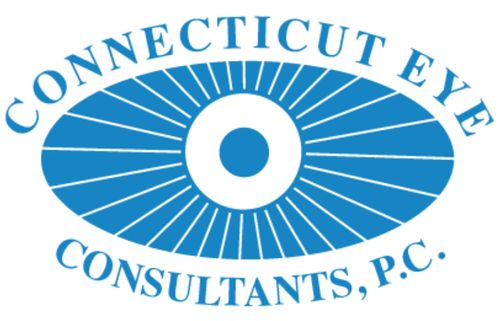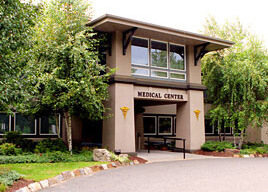Cataracts — the clouding of the lenses in the eyes — are a natural process of aging, just like wrinkles and gray hair. But they may develop earlier if you’re at risk due to poor health habits. If you don’t recognize the symptoms of cataracts, you may think your vision problems are the result of other health concerns. If your cataracts are compromising your ability to function day to day, it’s essential to know what the facts and myths are when it comes to treatment and recovery.
Although what you don’t know about cataracts won’t kill you, it may affect your ability to see clearly. You should know how to reduce your risks for developing cataracts, when to see an ophthalmologist, and what treatment options are available.
Practice Prevention
1. Minimize exposure to ultraviolet (UV) light.
You may love the feel of the sun on your face, but it can age your eyes just like it ages your skin. UV rays can cause damage no matter how old you are, and the effect on your body builds up over time. It’s wise to start protecting your eyes as early as you can. Everyone, from babies to senior citizens, should wear sunglasses and broad-brimmed hats to keep their eyes covered and protected as much as possible. When choosing sunglasses, make sure you choose a pair that will block a minimum of 99% of UV rays.
2. Don’t smoke.
And if you do, quit. It doesn’t matter when you start smoking since it’s a nasty habit that can permanently damage your vision and increases your risk of developing cataracts. The more you smoke, the greater the risk of impairing your vision . Not only does smoking cause internal damage, but tobacco smoke is also an irritant and can worsen the condition known as dry eye, which is common in women who are past menopause.
3. Maintain a healthy weight to avoid developing diabetes.
You may know that diabetes can wreak havoc on many organs of the body, but one of the most overlooked areas for damage is in the small blood vessels of the eye. When blood sugar levels skyrocket or are unstable for long periods of time, they can impact the shape of the lens in your eyes, causing blurry vision. Over time, this can lead to clouded sight and the formation of cataracts. While everyone eventually develops cataracts, diabetes can speed up the process. To avoid developing premature cataracts, avoid weight gain and rapid changes in blood sugar, and exercise regularly.
Recognize the Symptoms
4. Blurry, hazy, cloudy vision.
Maybe you notice that distant landscapes no longer appear sharp and clear. Or the lights that you were once able to see clearly at night now appear to have soft-edged halos. The clouding of the lens in your eye can make objects indistinct, and is one sign of the development of cataracts.
5. Sensitivity to light.
Perhaps sunlight irritates your eyes or you’re squinting more these days. If going from a dark room to a brightly-lit one hurts and you can’t adjust as quickly, it could be a sign of cataracts. Light sensitivity is a classic symptom of cataract development.
6. Difficulty seeing in dim light or at night.
When words on the page are harder to focus on, or you need a stronger source of light to read by, these can also indicate the possibility of cataracts. You may also find that your vision isn’t as strong in low light or you can’t make out shapes in a dark room. Driving may become more difficult, to the point at which you avoid driving at night because you can’t see as clearly. All of these are symptoms of cataracts.
Bust the Myths
There are many myths that come to mind when cataracts are mentioned. It’s important to know what’s true and how to move forward with treatment options if you do have cataracts. These are the myths to look out for!
7. Eye drops can prevent or dissolve cataracts – FALSE
Since cataracts are caused by a clouding of the lens behind the cornea, there is nothing that can be dissolved. Eye drops will have no effect on the development of cataracts, so don’t be fooled by ads that say eye drops can “cure” or remove your cataracts. The only way to remove cataracts is to have cataract surgery.
8. Cataract surgery is painful and recovery takes weeks – FALSE
This myth might have been true for your parents and grandparents, but it is no longer the case. Back then, a patient had to be totally immobilized to heal properly. Some even had sandbags placed around their heads to hold them still. But with modern advances like laser surgery, many patients can take advantage of minimally-invasive same-day procedures and get back to normal activities within 24-48 hours. Cataract surgery can even improve previous existing vision problems! As a result, patients are sent home with near perfect vision thanks to the variety of intraocular implants that treat existing conditions like nearsightedness, farsightedness, and/or astigmatism.
The health professionals at Danbury Eye have treated thousands of patients with cataracts and can help you determine the right course of action to take when it comes to preserving and restoring your clear vision. If you’re ready for better vision, please call our office and schedule a consultation today!







